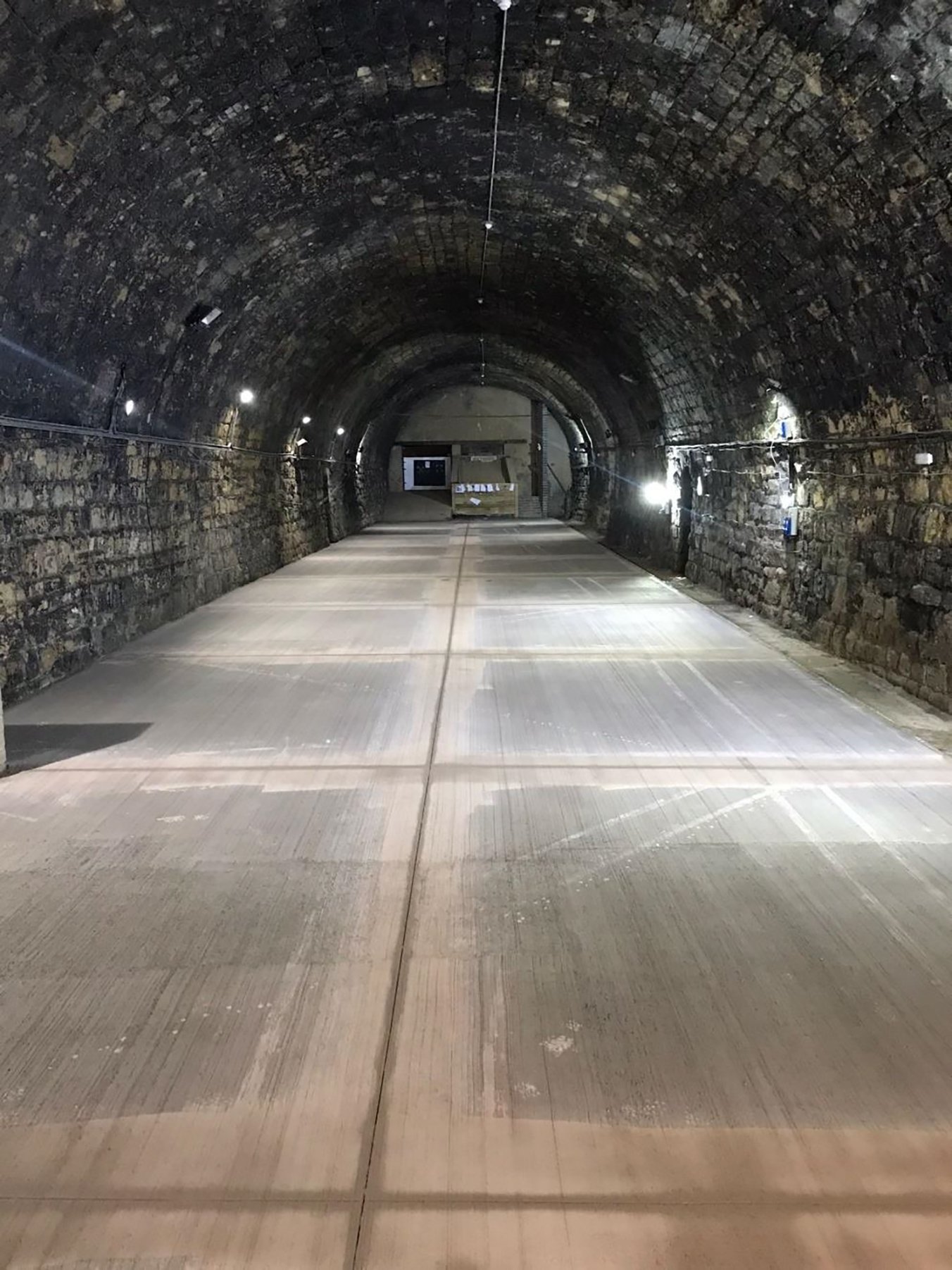
Ballistic Testing
Armour
Testing of bullet resistant vehicle armour involves subjecting the material to ballistic impact tests which simulate real-world conditions. This testing typically includes firing various types of ammunition at different velocities towards the armour to assess its ability to resist penetration and dispersion of the impact energy. The armour may also be tested for its ability to withstand repeated impacts and potential weaknesses in different areas. Additionally, the armour is evaluated for its weight, thickness, flexibility, and overall performance to ensure it meets the required protection standards. Testing is crucial to ensure the armour performs effectively in protecting occupants from ballistic threats in high-risk situations.
PPE
Testing of bullet resistant personal protection equipment, such as body armour typically involves shooting various types of bullets at the armour to assess its ability to stop them from penetrating. This testing can include using different calibres of bullets, at various distances and speeds, to replicate real-world scenarios. The body armour is evaluated based on its ability to effectively stop the bullets without causing injury to the wearer. Additionally, the armour may undergo rigorous testing for durability, flexibility, and comfort to ensure it meets the necessary safety standards.
Glass
Testing of ballistically resistant glass involves subjecting the material to various ballistic tests to evaluate its resistance to bullets and other projectiles. This may include firing bullets of different calibres and velocities at the glass to assess its ability to stop them from penetrating through. Additionally, the glass is also tested for its resistance to impacts, pressure, and extreme temperatures to ensure its overall durability and effectiveness in providing protection against ballistic threats. The results of these tests are crucial in determining the level of protection that the bulletproof glass can offer in real-life scenarios.
Research & Development
Research and development testing of bullet resistant products typically involves subjecting the materials to various levels of ballistic impact to assess their ability to withstand and protect against bullets. This testing often includes laboratory experiments, field testing, and computational modelling to evaluate factors such as bullet velocity, material composition and thickness. The goal is to ensure that the products meet standardised ballistic protection levels while also being lightweight and comfortable for the user.





